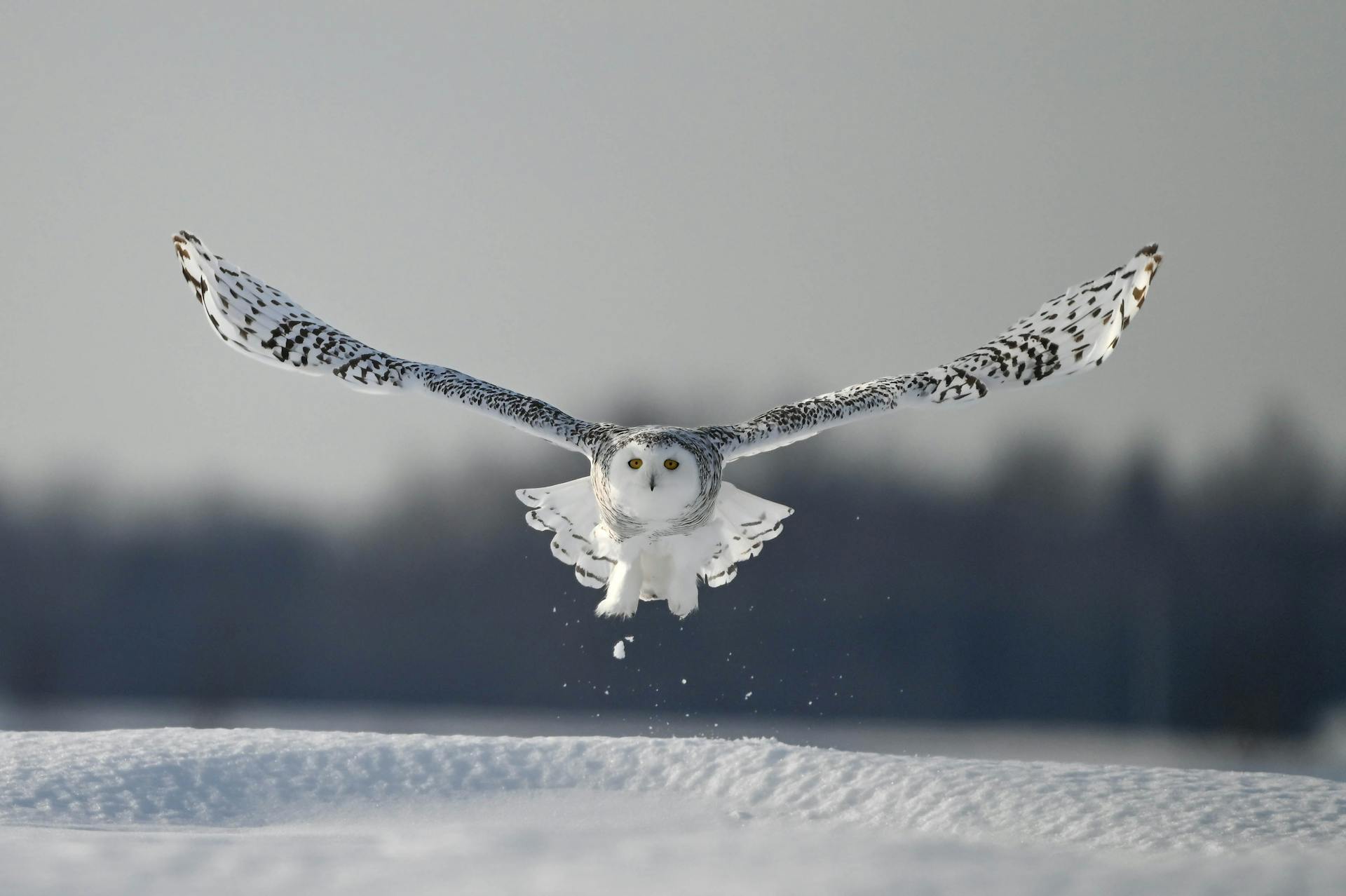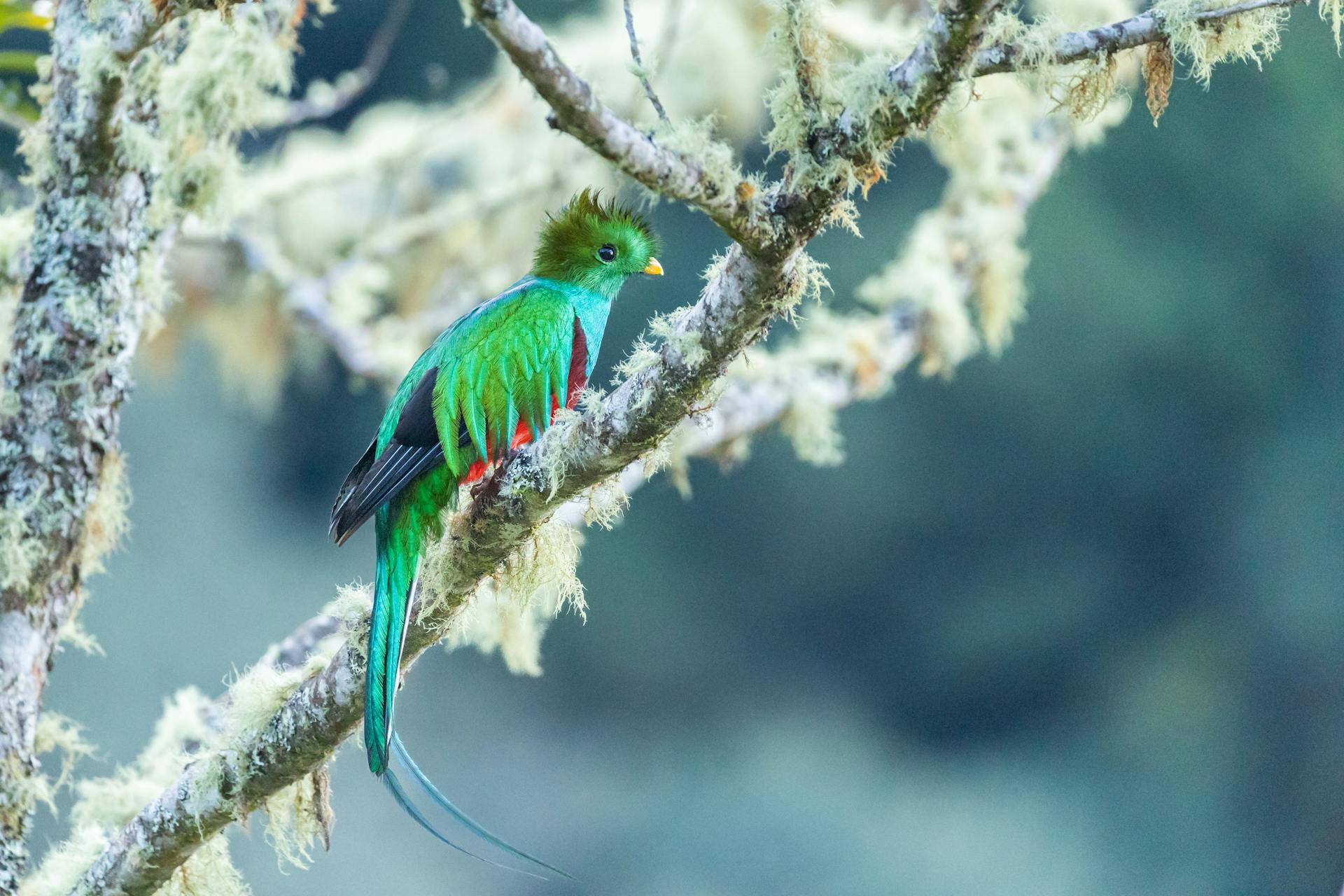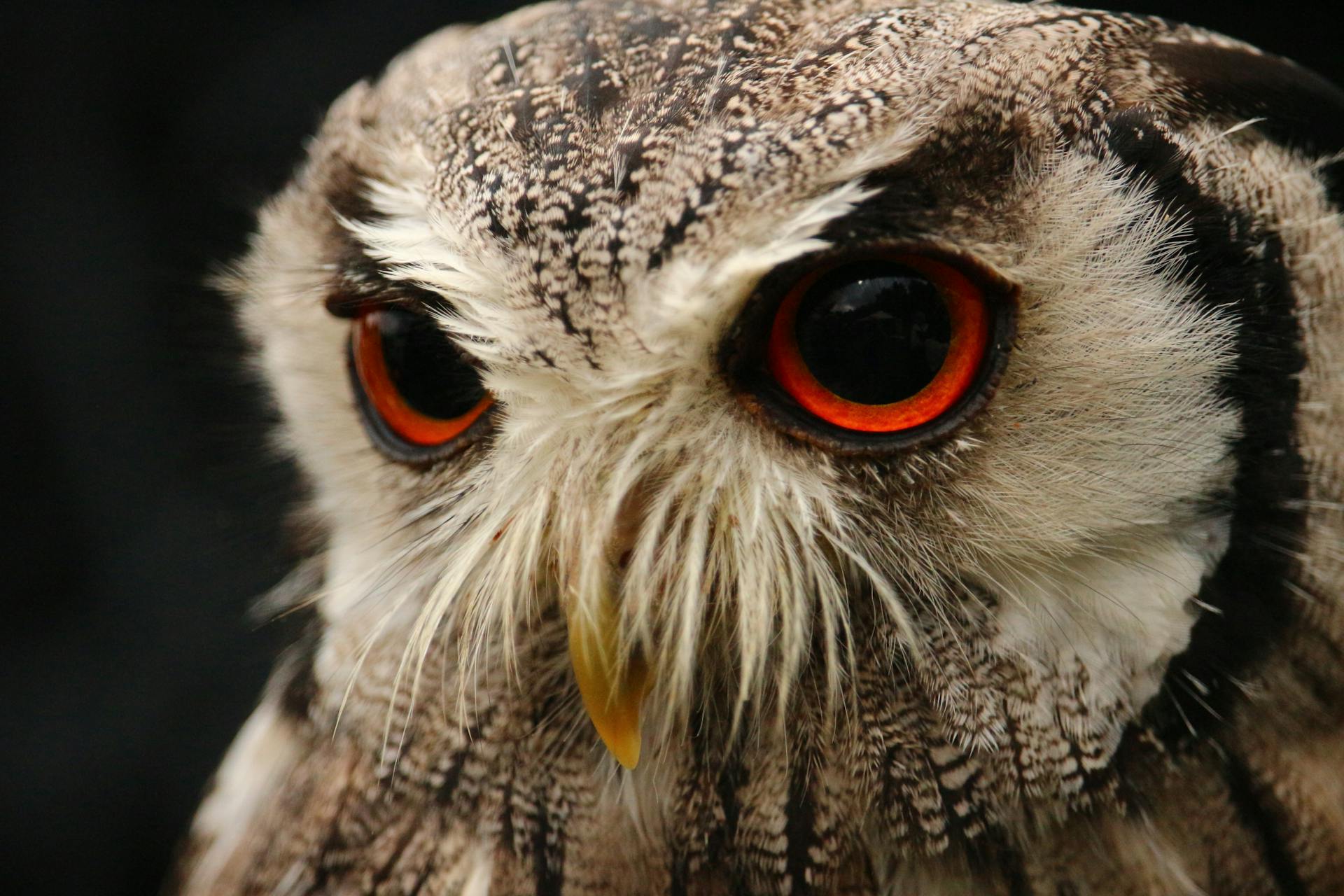Imagine a world where the skies fall silent, devoid of the majestic presence of soaring eagles, colorful parrots, or graceful condors. This isn’t just a far-off dystopian future—it’s a looming reality if urgent action isn’t taken to protect some of the most endangered flying animals on our planet.
Flying animals are more than just a beautiful part of nature; they play critical roles in ecosystems, from pollinating plants to controlling pest populations. However, many species face increasing threats due to habitat destruction, climate change, hunting, and pollution. As the pressure on their environments mounts, these creatures are pushed closer to extinction, creating a ripple effect that threatens the health of entire ecosystems.
Biodiversity is essential for maintaining balance in nature. Each species, from the tiniest insect to the largest bird, contributes to the overall stability of life on Earth. The loss of even one can trigger the collapse of interconnected systems. Protecting endangered flying animals is not only about saving individual species but preserving the delicate web of life that sustains us all.
In this article, we will highlight the top 10 most endangered flying animals, from the massive California Condor to the vibrant Lear’s Macaw. More importantly, we’ll explore the crucial conservation strategies that can help ensure these species continue to grace our skies for generations to come.
The California Condor (Gymnogyps californianus)
The California Condor, North America’s largest flying bird, is an iconic species that once soared in great numbers across the skies of the western United States. With a wingspan stretching nearly 10 feet, these magnificent birds are both awe-inspiring and critically endangered. Their population plummeted due to a combination of habitat destruction, reduced food sources, and lead poisoning from ingesting bullet fragments in animal carcasses.
However, there is hope for the California Condor. Captive breeding programs have played a pivotal role in preventing their extinction, with successful releases of birds back into the wild. Habitat restoration efforts, particularly in California and Arizona, are also helping to create safe environments for condors to thrive. Additionally, the banning of lead ammunition in condor habitats has significantly reduced the risk of poisoning, further aiding the species’ slow but steady recovery.
Philippine Eagle (Pithecophaga jefferyi)
The Philippine Eagle, one of the world’s largest and most powerful eagles, is endemic to the rainforests of the Philippines. Known for its striking appearance and impressive hunting abilities, it is a national symbol of strength and resilience. Sadly, it is also critically endangered, with deforestation and illegal hunting driving its decline.
Efforts to save the Philippine Eagle have been underway for decades, with reforestation projects aiming to restore the bird’s natural habitat. Anti-poaching laws have been enacted to protect this majestic predator from hunters, while captive breeding programs help to increase their numbers in the wild. These initiatives, combined with education campaigns about the importance of the eagle, offer a lifeline for this species and its fragile rainforest ecosystem.
Kakapo (Strigops habroptilus)
The Kakapo, a flightless parrot native to New Zealand, is one of the world’s most unique and endangered birds. With its owl-like face, green feathers, and nocturnal habits, the Kakapo is a symbol of New Zealand’s natural heritage. Unfortunately, the introduction of predators like rats, cats, and stoats, along with habitat loss, has driven the Kakapo to the brink of extinction.
In response, New Zealand conservationists have implemented intensive efforts to protect the Kakapo. Predator-free sanctuaries have been established on remote islands, and each bird is closely monitored through radio tracking. A carefully managed breeding program has also been critical in boosting Kakapo numbers, making it one of the most closely guarded conservation success stories in recent years.
Orange-bellied Parrot (Neophema chrysogaster)
The Orange-bellied Parrot, a critically endangered species from Australia, is known for its vibrant plumage and tiny population. With fewer than 50 individuals left in the wild, habitat destruction and the loss of crucial breeding grounds have drastically reduced their numbers.
Conservationists have responded by restoring key habitats and establishing captive breeding programs to ensure the species’ survival. Efforts to track the parrot’s migratory patterns are also underway to identify and protect additional breeding sites. These combined measures are helping to prevent the complete loss of one of Australia’s most endangered bird species.
Northern Bald Ibis (Geronticus eremita)
The Northern Bald Ibis, with its distinctive bald head and long, curved beak, is an ancient bird species that once ranged across much of the Middle East and North Africa. Today, it faces extinction due to hunting, habitat degradation, and human disturbances.
Conservation efforts to save the Northern Bald Ibis have focused on breeding programs, reintroductions into the wild, and public awareness campaigns. Some populations have been successfully reestablished in parts of Europe, and ongoing work aims to expand their range further while educating local communities about the importance of protecting this unique species.
Vaquita (Phocoena sinus)
The Vaquita, the world’s most endangered porpoise, lives in the Gulf of California and is critically endangered due to accidental entanglement in illegal fishing nets. With fewer than 10 individuals remaining, the species is on the verge of extinction.
Efforts to save the Vaquita include banning illegal gillnets and enforcing stricter regulations on fishing activities in its habitat. Additionally, awareness campaigns are educating the public about the Vaquita’s plight and encouraging sustainable fishing practices to reduce bycatch.
Lear’s Macaw (Anodorhynchus leari)
Lear’s Macaw, with its striking blue feathers, is native to the Brazilian caatinga and is critically endangered due to habitat destruction and illegal wildlife trade. The species’ vibrant beauty makes it a target for poachers, further threatening its survival.
Conservationists are working to protect Lear’s Macaw by establishing protected reserves in Brazil and cracking down on the illegal trade of wild-caught parrots. Sustainable tourism initiatives are also being introduced to provide economic incentives for local communities to protect, rather than exploit, the species.
Greater Adjutant (Leptoptilos dubius)
The Greater Adjutant is a large stork species found in India and Cambodia, and it’s on the verge of extinction due to wetland degradation and human activities. This scavenging bird plays a crucial role in maintaining ecosystem health by feeding on dead animals, but its population has dwindled dramatically.
Wetland restoration efforts, community engagement, and raising local awareness are helping to protect the remaining populations. Conservationists are working with local governments to ensure the survival of this essential species by preserving its natural habitat.
Red-headed Vulture (Sarcogyps calvus)
The Red-headed Vulture, once common across South Asia, is now critically endangered due to the poisoning of carcasses and loss of habitat. As a vital scavenger, the species helps keep ecosystems clean, but its population has collapsed due to human interference.
Conservationists are creating vulture-safe zones where the use of poison is banned, and public awareness campaigns are underway to educate local communities about the vulture’s importance. These efforts, alongside habitat protection, are key to reversing the decline of this crucial species.
Snowy Owl (Bubo scandiacus)
The Snowy Owl, a majestic predator from the Arctic, is threatened by climate change, which is altering its habitat and reducing the availability of prey. As temperatures rise, the snow-covered landscapes where these owls hunt are disappearing, posing a serious threat to their survival.
Conservation efforts for the Snowy Owl focus on mitigating the effects of climate change, protecting breeding grounds, and fostering international cooperation. By addressing the root causes of habitat loss, conservationists hope to secure a future for this iconic bird of prey.
Conservation Strategies for Protecting Flying Animals
The survival of these endangered species depends on coordinated global and local conservation efforts. Habitat protection is essential, as it provides these animals with safe environments to breed, feed, and thrive. Legal regulations, such as bans on harmful practices like poaching and habitat destruction, are also vital in curbing the decline of vulnerable species.
Breeding programs, whether in captivity or through monitored reintroductions, play a critical role in increasing population numbers and ensuring genetic diversity. Individual action matters too—reducing carbon footprints, supporting wildlife organizations, and spreading awareness all contribute to preserving the delicate balance of our ecosystems.
Conclusion
The urgency of protecting endangered flying animals cannot be overstated. As their numbers dwindle, the balance of nature is at risk, and the loss of even one species can have far-reaching consequences. By supporting conservation efforts and taking meaningful action, we can ensure that these remarkable creatures continue to fill our skies and sustain the ecosystems they call home.


